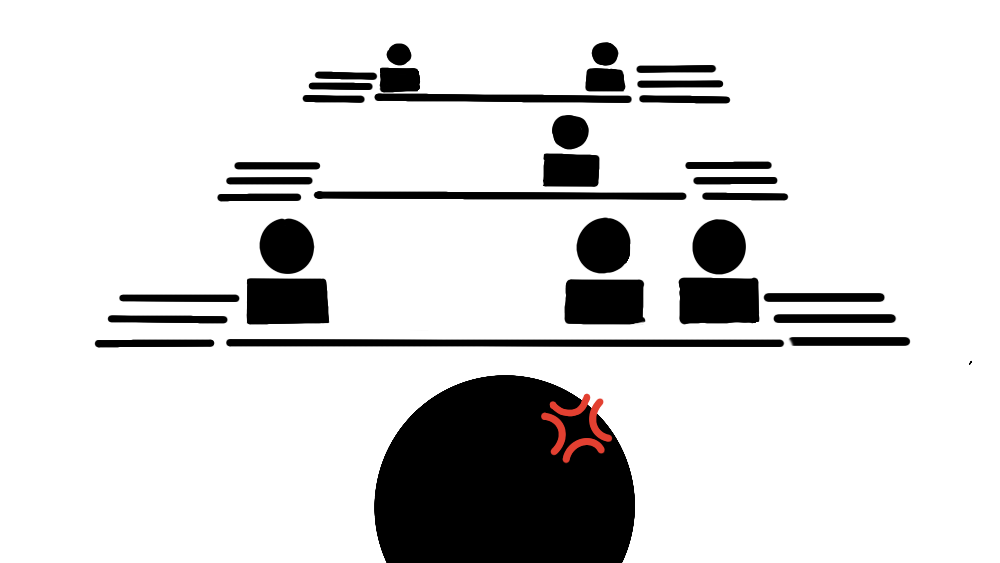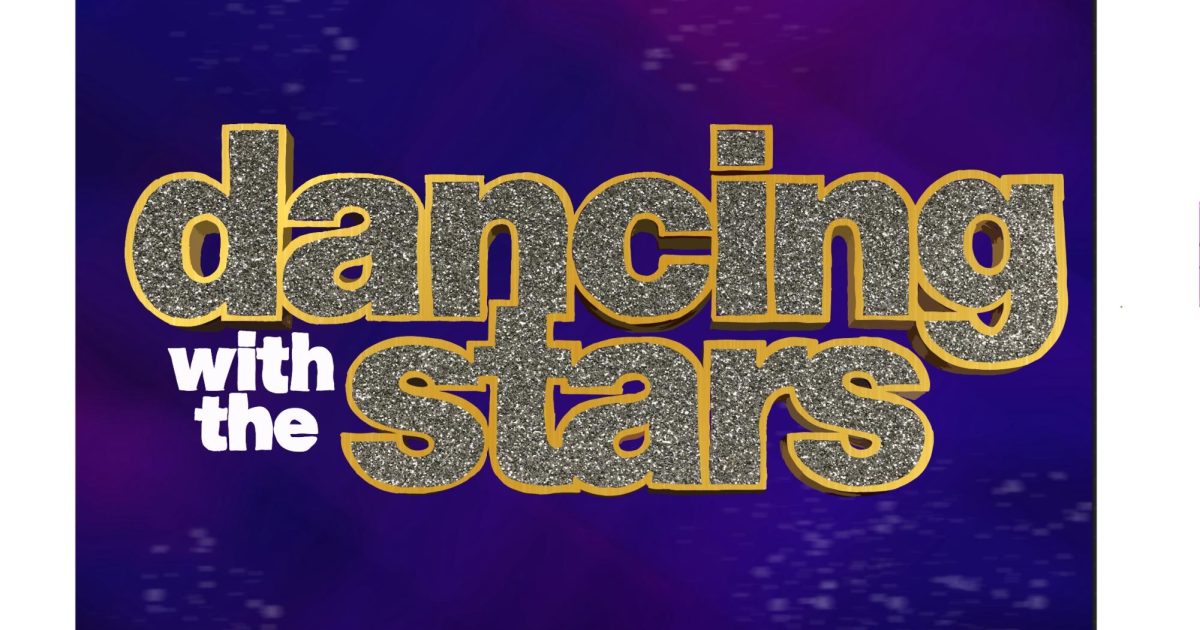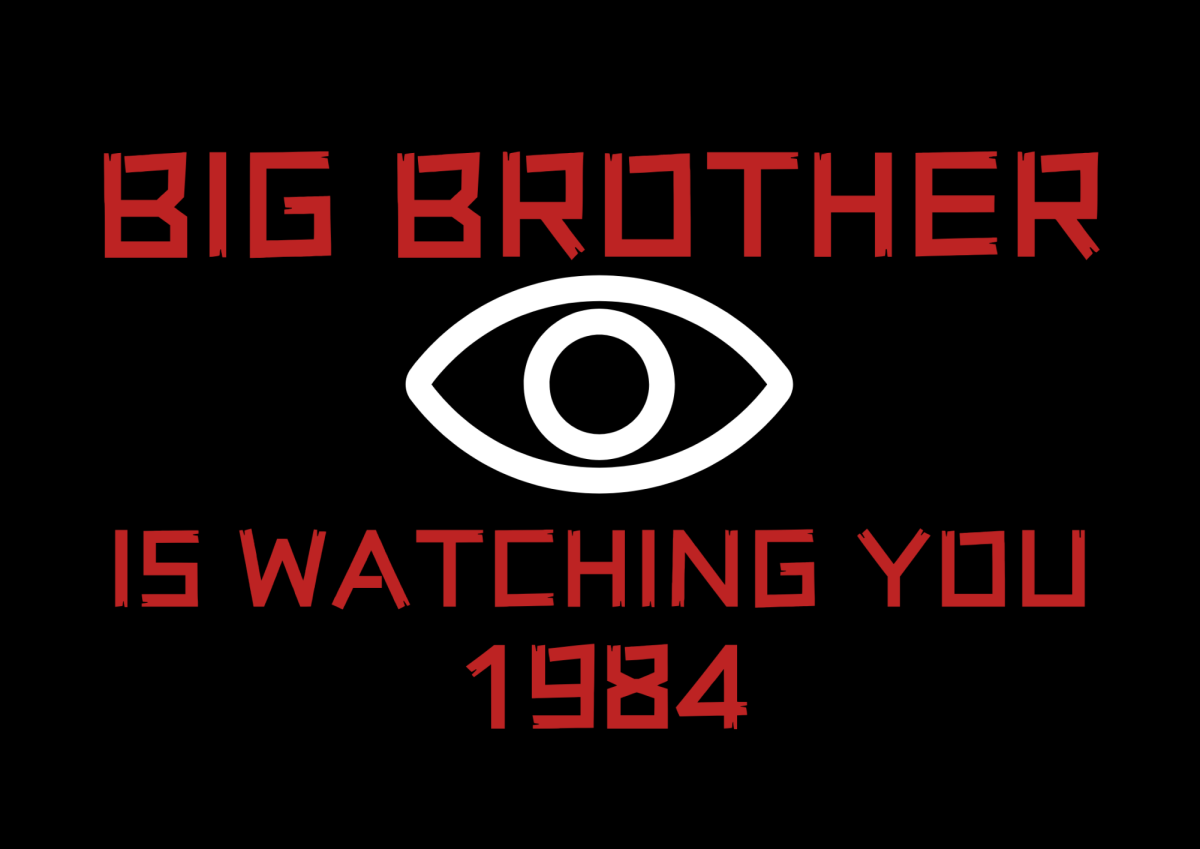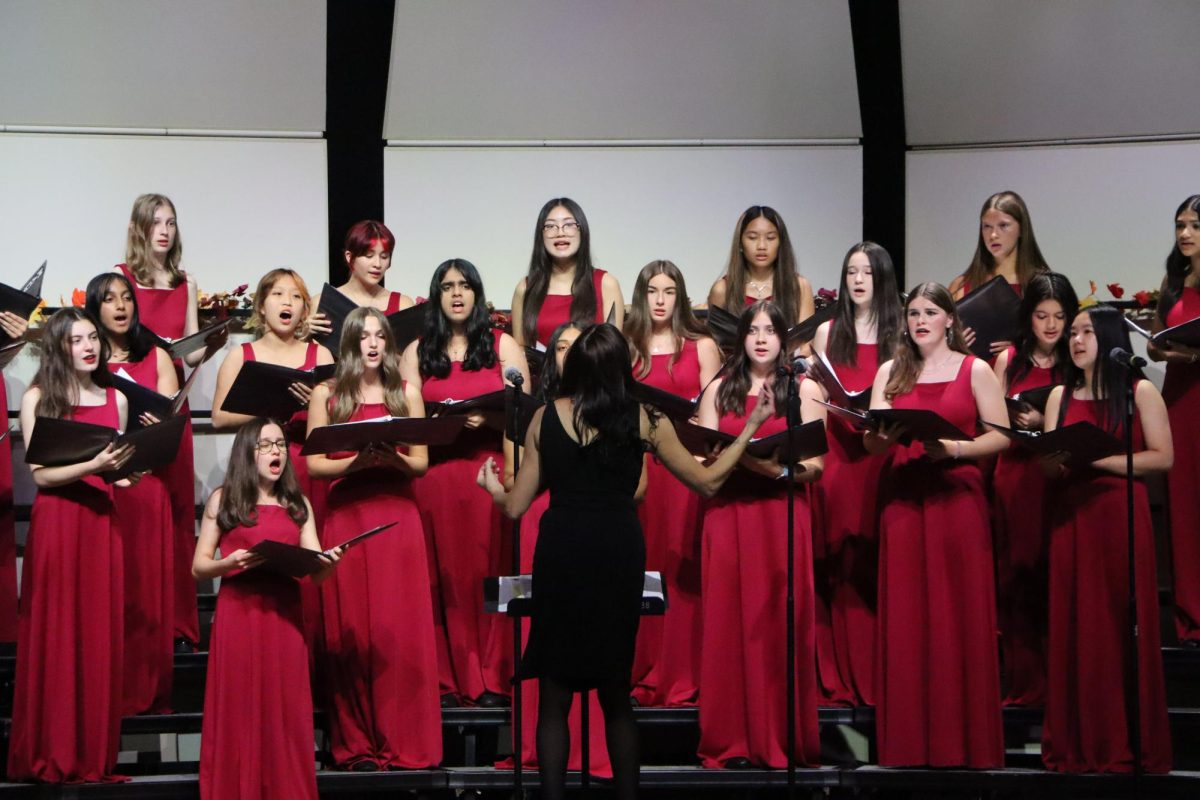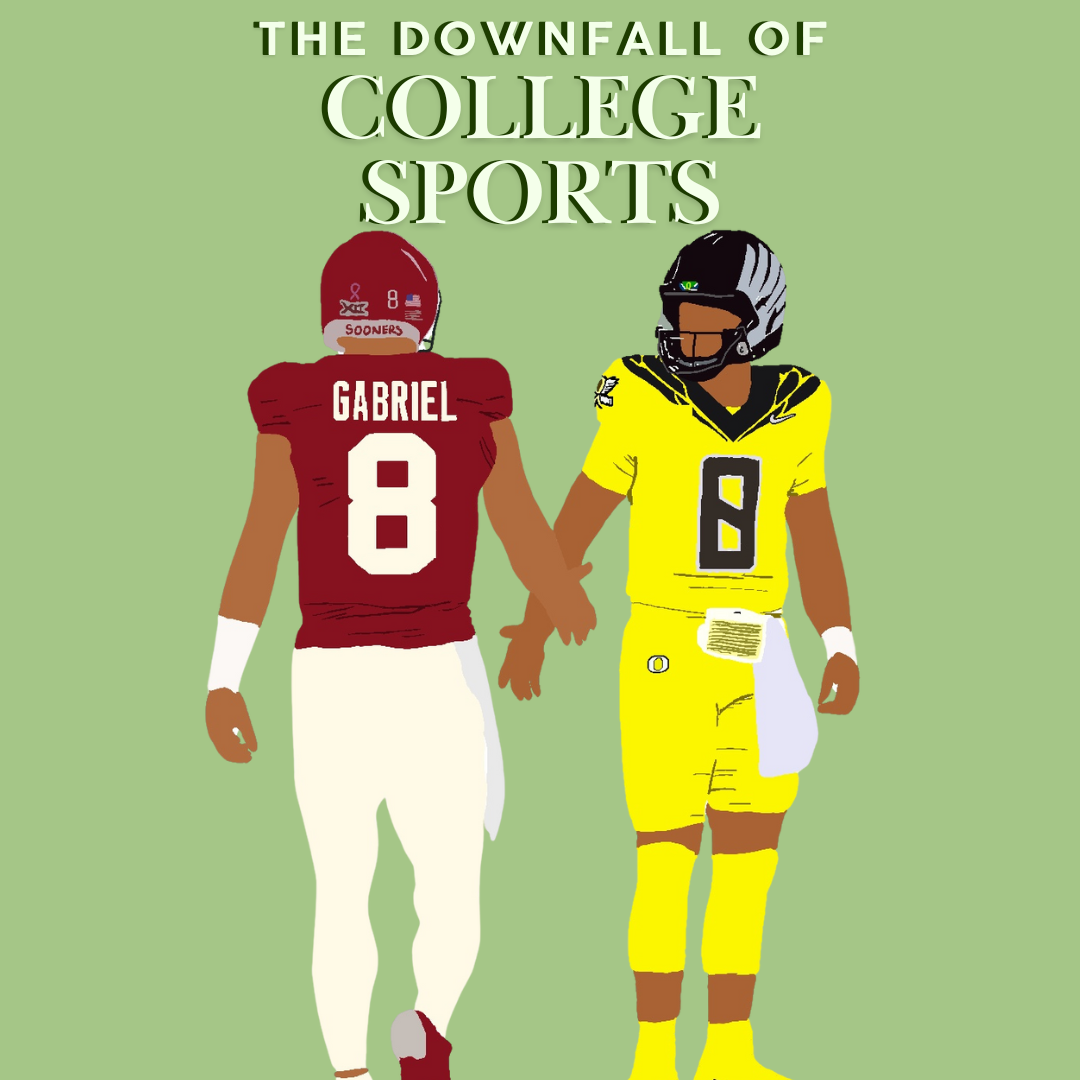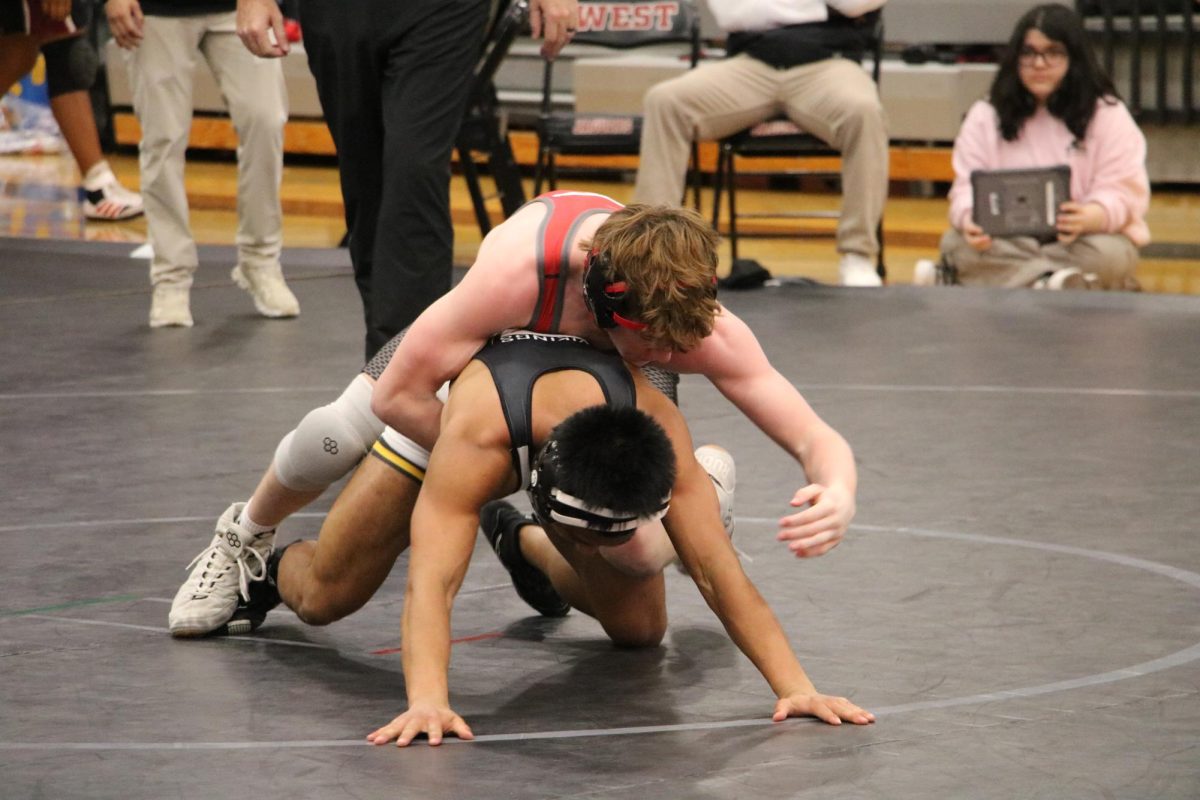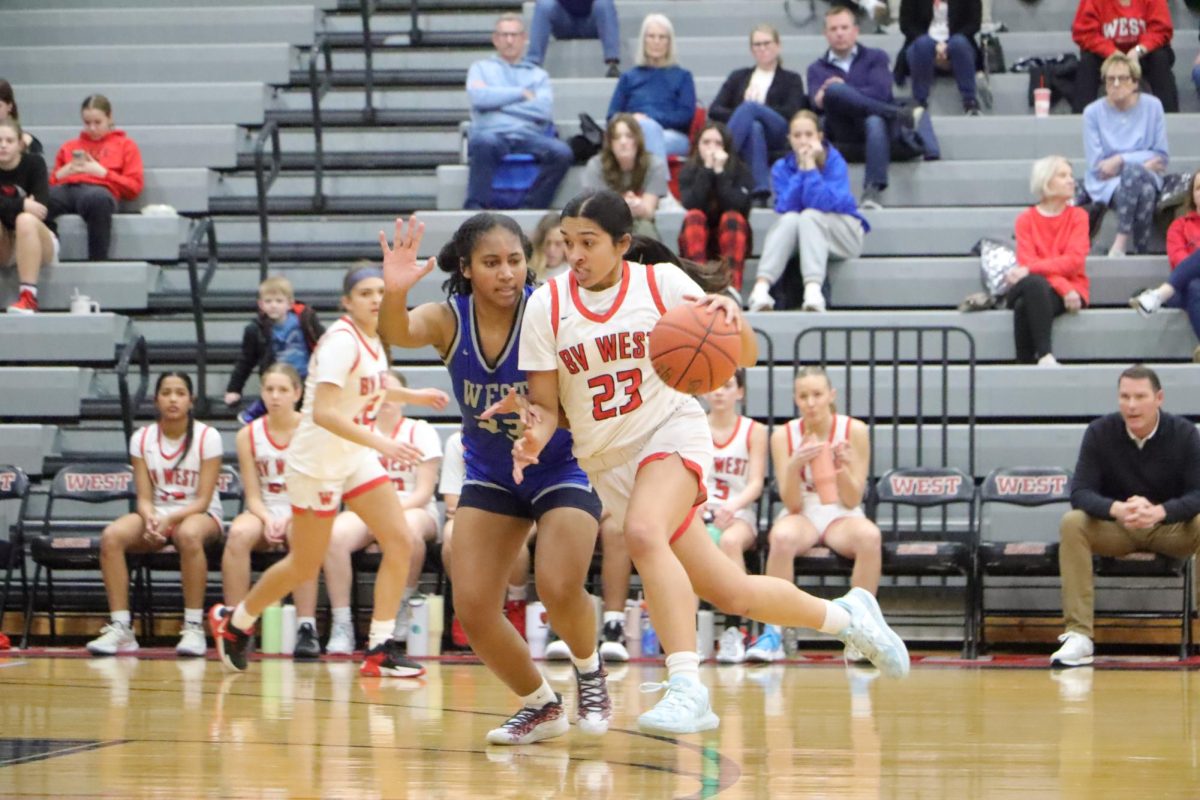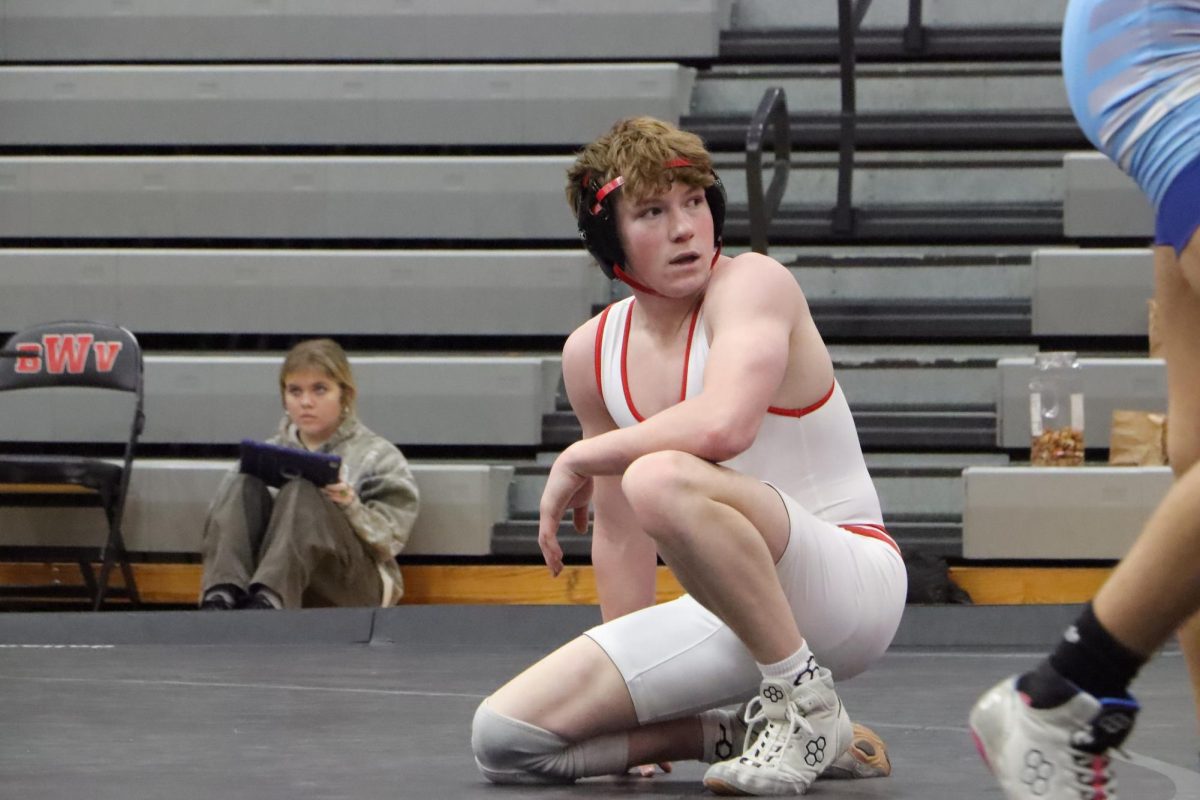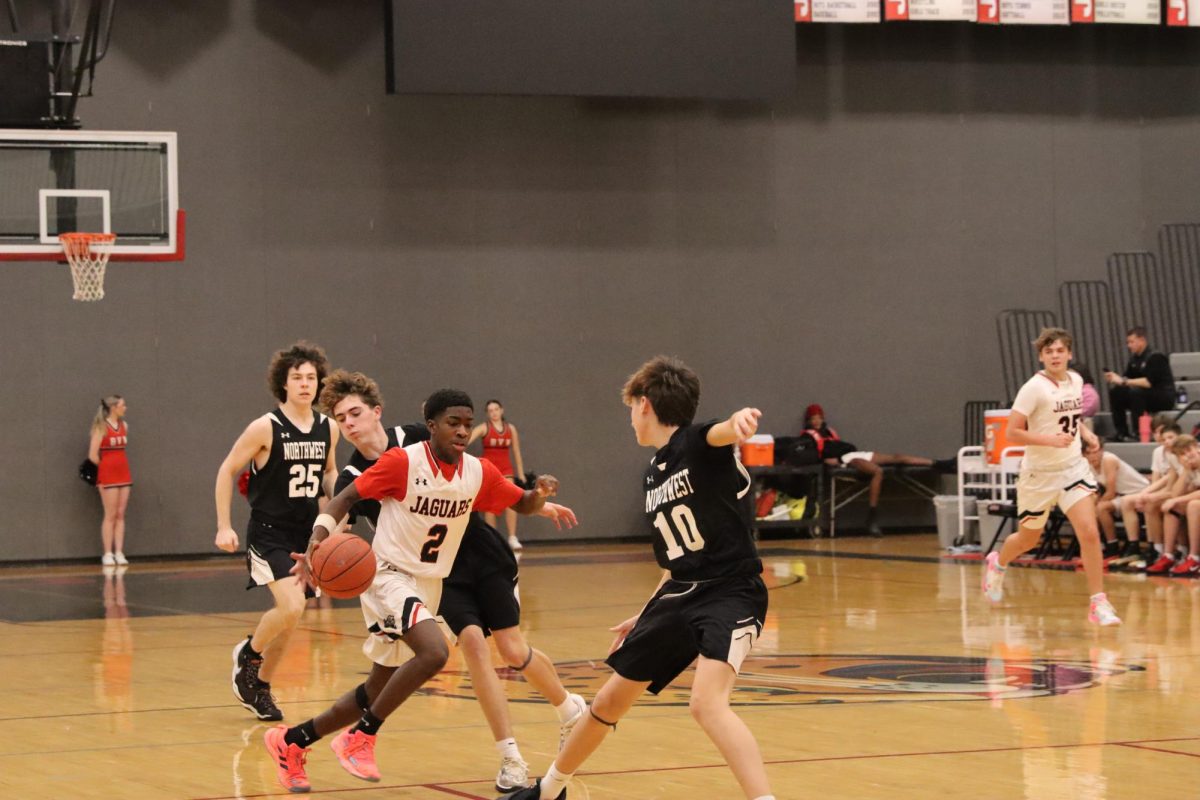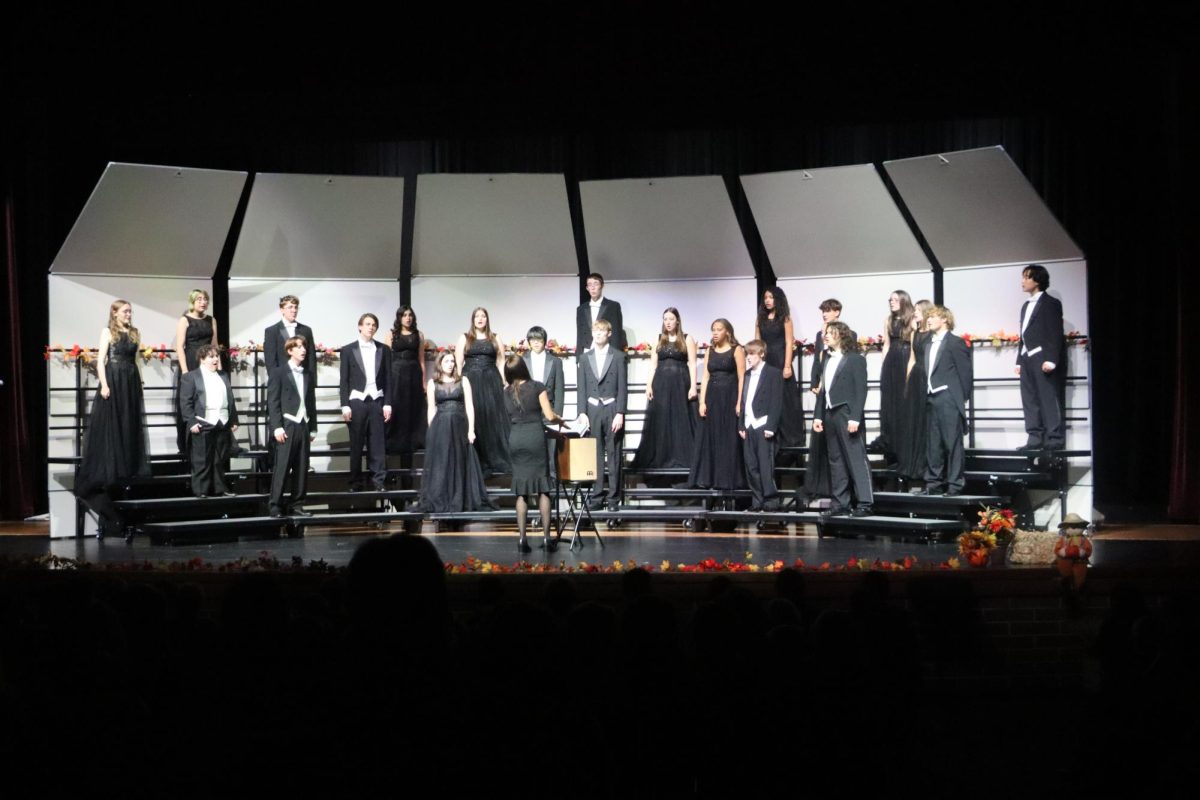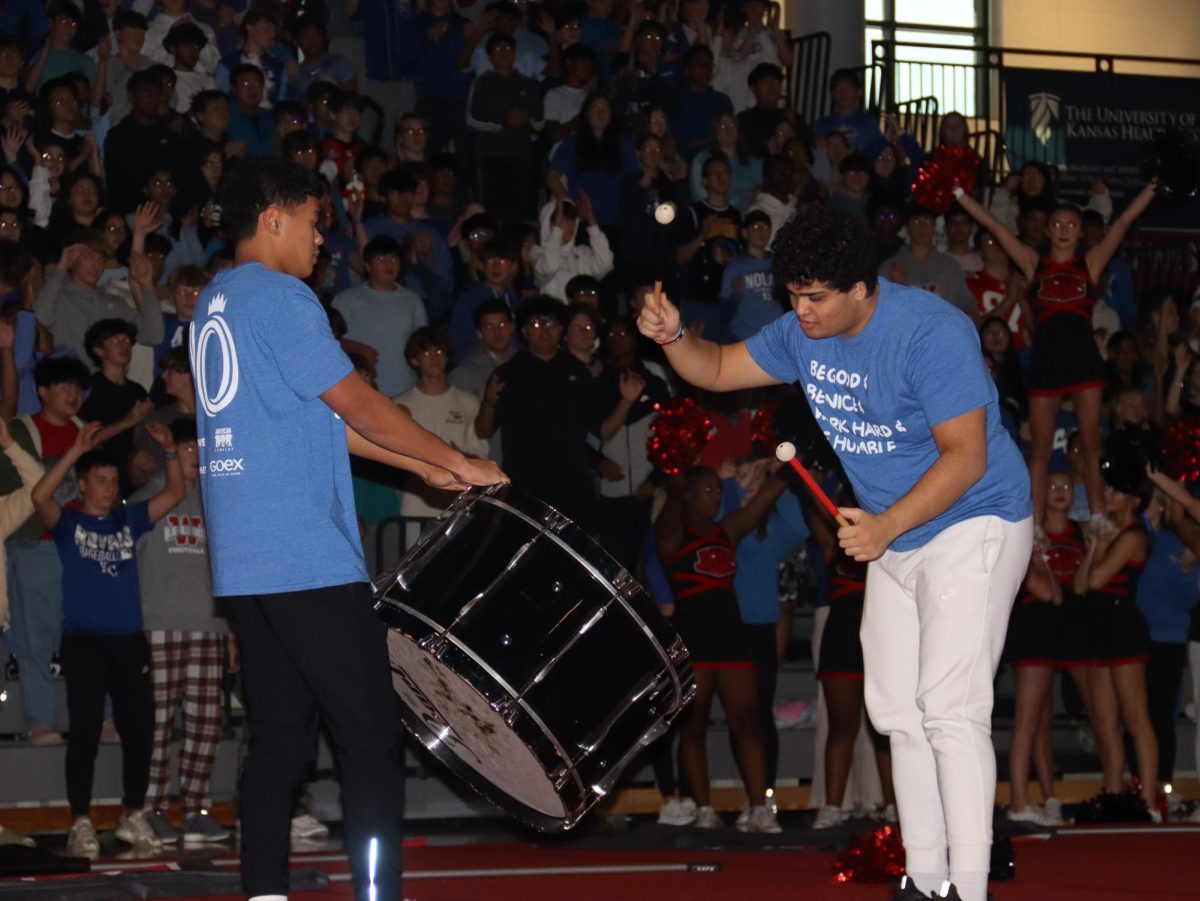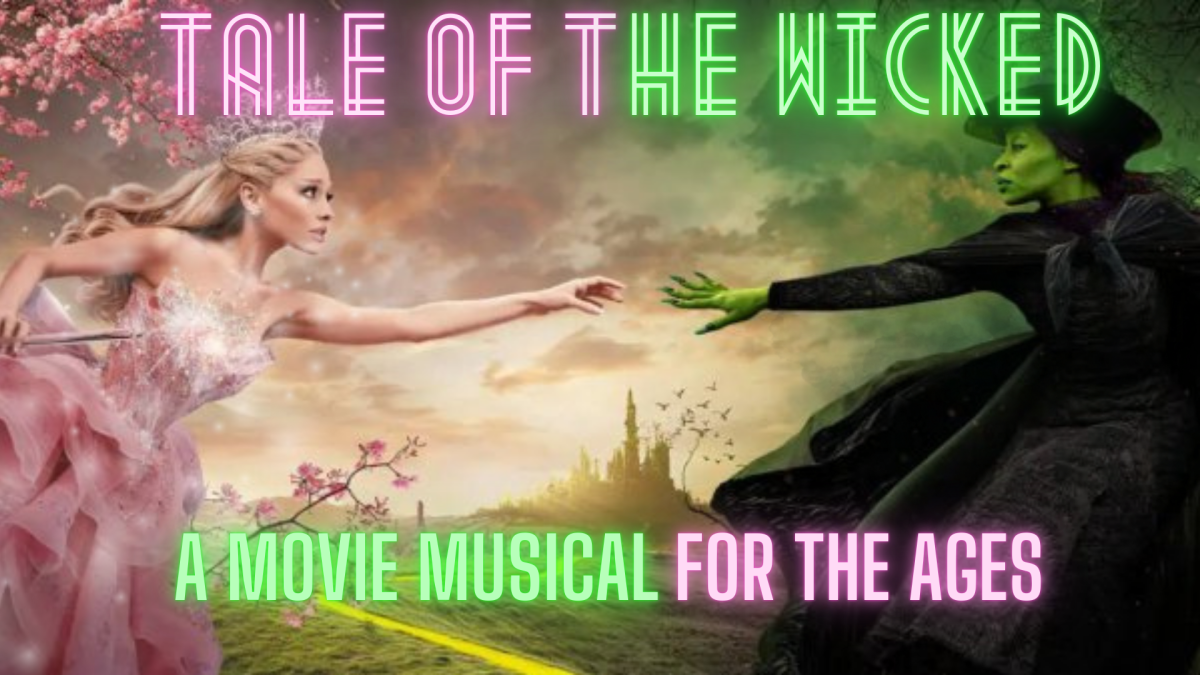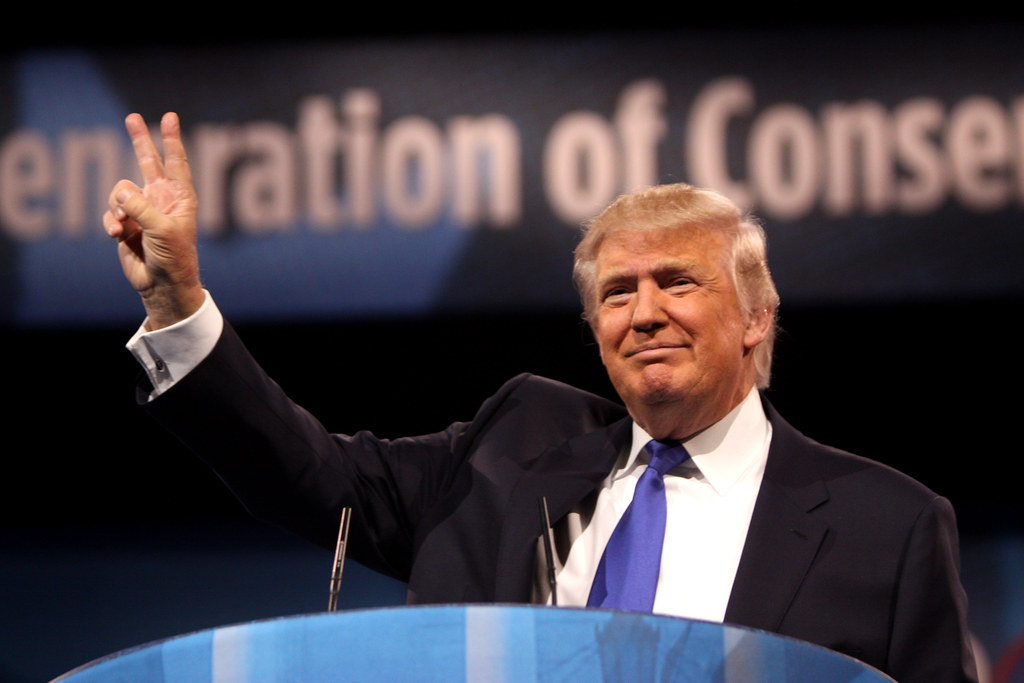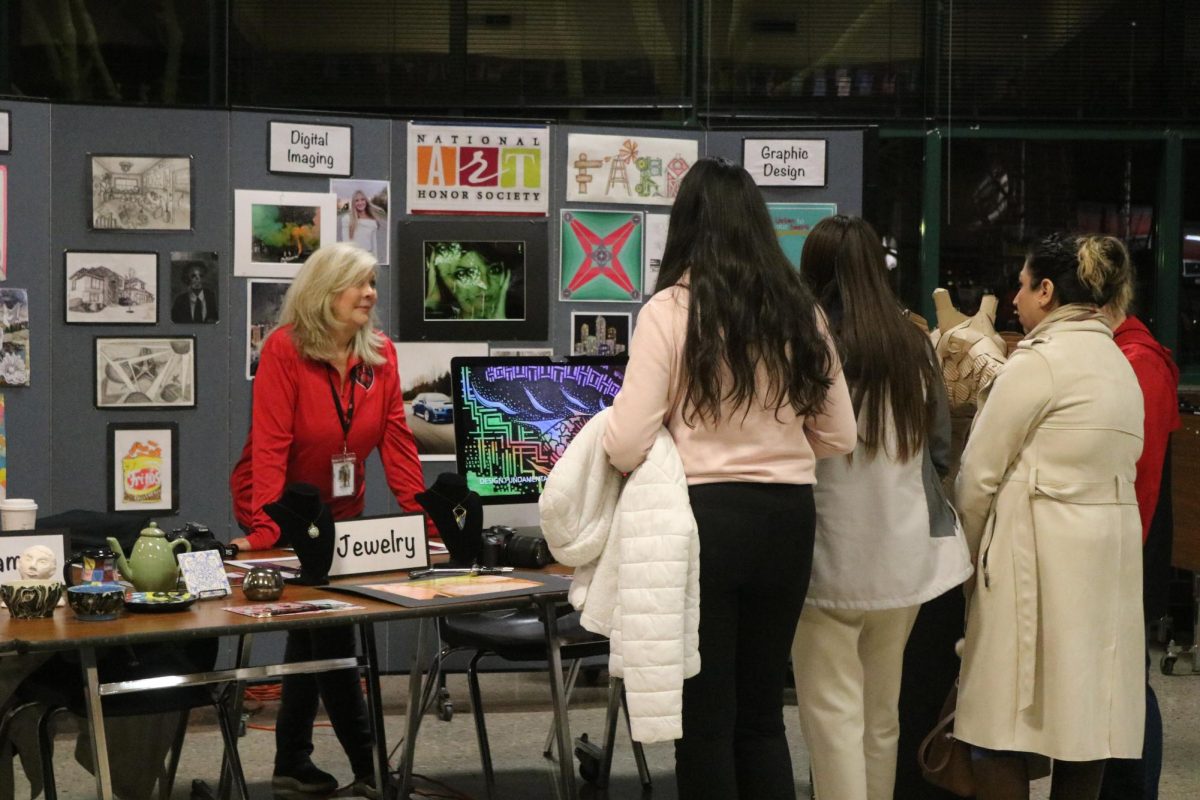A Culture on the Rise
The vices and virtues of vlogging and YouTube culture
February 21, 2018
Video blogging, more commonly known as vlogging, is increasingly popular among the younger generation. Rather than watching cartoons on Saturday mornings, kids are instead finding themselves immersed in the daily vlogs, of their favorite YouTube celebrities. The appeal to the incoming generations has heightened due to the increased usage of social media.
“Any type of story that carries a visual with it tends to have an immediate but visceral impact on the audience,” broadcast teacher Todd Kurimsky said.
Kurimsky believes that people like to see things more, than they like to listen to them and that this is why vlogging has become so intriguing.
However, this arising technology-based culture is not always just an innocent form of entertainment for kids and teens. While they may be humorous, these influencers on YouTube, some obtaining millions of subscribers, have the ability to expose their viewers to what they believe will gain the most attention.
The goal of vloggers is to entertain and to get views. More views means more money for vloggers. Many vloggers also use ads and YouTube itself to make a living for themselves. Major companies and big brands use vloggers to promote and sponsor their products. The more views vloggers get, the more big companies pay.YouTube also pays channels for their content once they hit a certain amount of subscribers.
According to BusinessInsider.com, YouTube sensations such as Lilly Singh and Smosh make around $11 million annually. The highest paid Youtuber, Daniel Middleton, more commonly known as DanTDM, makes $16.5 million annually.
Logan Paul, a daily vlogger with more than 16 million subscribers, is another high-paid youtuber. Paul is popular for posting videos of him and his friends in their everyday lives. YouTube is a very open platform, giving Paul a significant amount of freedom to post what he wants. This past January, Paul decided to post a video of himself in the Aokigahara Forest.
The Aokigahara Forest in Japan is more commonly known as the “Suicide Forest” due to the amount of suicides that have occurred there. While filming within the forest, Paul unexpectedly came upon a dead body. Paul reacted by making jokes and laughing at the sight. Paul proceeded to post the video, exposing his viewers to these graphic images.
Parents were upset with Paul’s actions. Even with these recent events, Paul’s fanbase called the “Lo-gang”, continued to defend and stay faithful to Paul. The story made the news on channels like ABC News and CNN. It was trending on Twitter and Facebook. The general public was mortified with Paul’s actions. Many celebrities like Dylan O’brien and Chrissy Teigen also shared their strong negative opinions on Paul. After the video was posted and criticized by many on various social media sights, Paul issued an apology. Paul writes on Twitter that the goal of the video was to entertain, not for the purpose of increased views; Paul made sure to emphasize this point on Twitter, claiming
“I don’t need views. I get views.” Blue Valley West senior Sean Carney and sophomore Kyra Winslet offered their opinions on vlogging after Paul’s suicide forest video and apology. “I have never been a personal fan of vlogging due to its lack of depth,” said Carney.
“To have the title of being a content creator and an ‘artist’ put out content that is art, not controversy for money.” Logan Paul’s controversial video is just one example of vlogging. However, there are many different kinds of vlogs that other people might prefer. “I prefer something shorter such as David Dobrik’s vlogs for example,” Winslet said. “But I know a lot of kids really enjoy watching a life they can’t have, so I would say the longer vlogs are relevant too.” The culture of vlogging has continued to increase in popularity. Good or bad, vlogging culture does not appear to be going away anytime soon.


